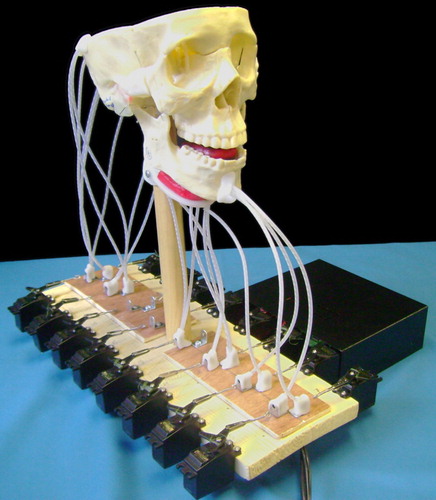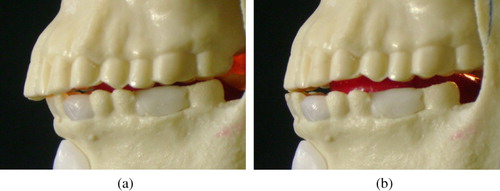Figures & data
Figure 2. The H&H theory simplifies attempts to quantify speech variation by reducing the number of relevant dimensions.
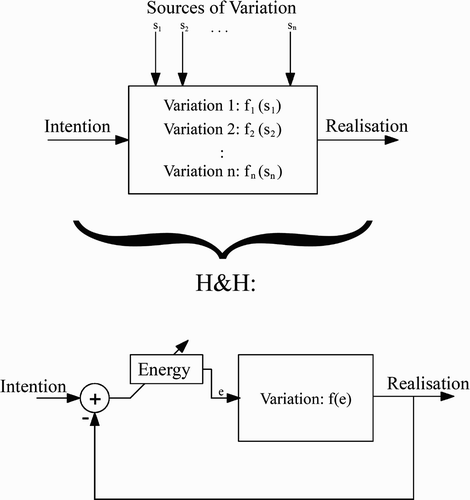
Figure 3. Spectral cross section of a speech sound. The formants are resonances that result from the vocal tract shape associated with the sound.

Table 1. Decision matrix evaluating the possible tools to research human speech energetics.
Figure 4. (a) Muscles of the tongue implemented in AnTon. The palatoglossus will be included as soon as the soft palate is in place; (b) The four muscles of the jaw implemented in AnTon.
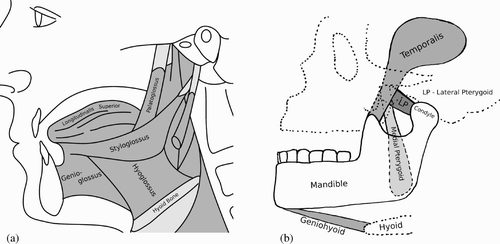
Figure 5. The attachment and force distribution mesh for the middle part of the genioglossus as it is put into place during the production process. Glass beads are embedded to prevent the filaments from cutting into the silicone body. The sketch on the left hand side clarifies the camera viewpoint as well as the tongue part depicted.
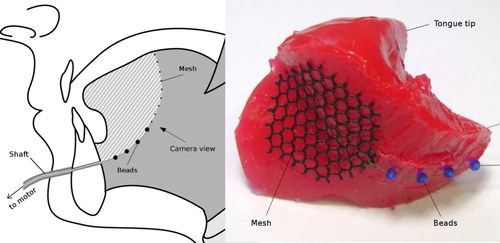
Table 2. Muscles implemented in the current version of AnTon: tongue (top) and mandible (bottom).
Figure 6. AnTon's temporomandibular joints (TMJ) produce a natural forward sliding motion during jaw opening. The markers show that in (b), the condyle has clearly moved forward within the joint capsule.
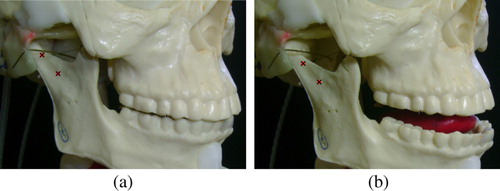
Figure 8. (a) Frontal position, genioglossus pulling forward; (b) hyoglossus pulling the posterior part of the tongue back and downwards; (c) retroflex motion initiated by longitudinalis superior; (d) styloglossus producing backward movement.
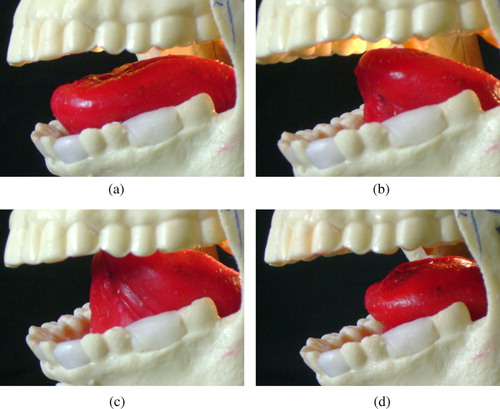
Figure 9. Comparison of MRI data (black contour) with AnTon (white contour) in pre-vocalisation experiments: (a) vowel/a/; (b) vowel/u/. MRI data by courtesy of Badin and Serrurier Citation2006.
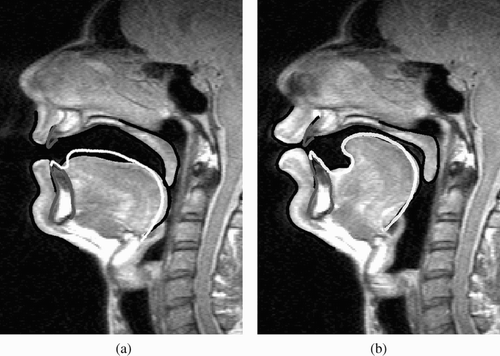
Figure 10. The vision of AnTon as a comprehensive model of speech production and cognition. Each of the modules shown would significantly enhance its value as an experimental tool.

